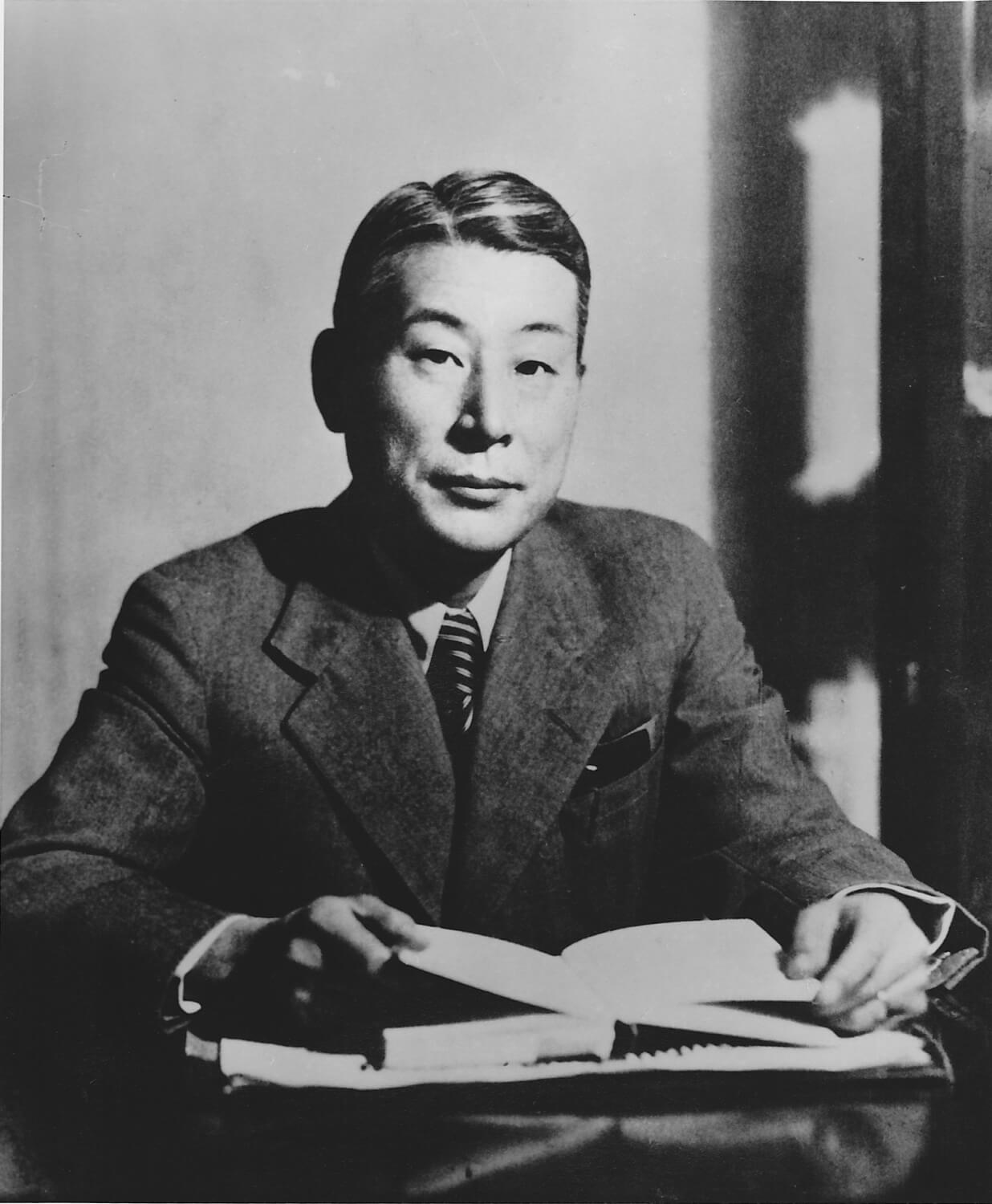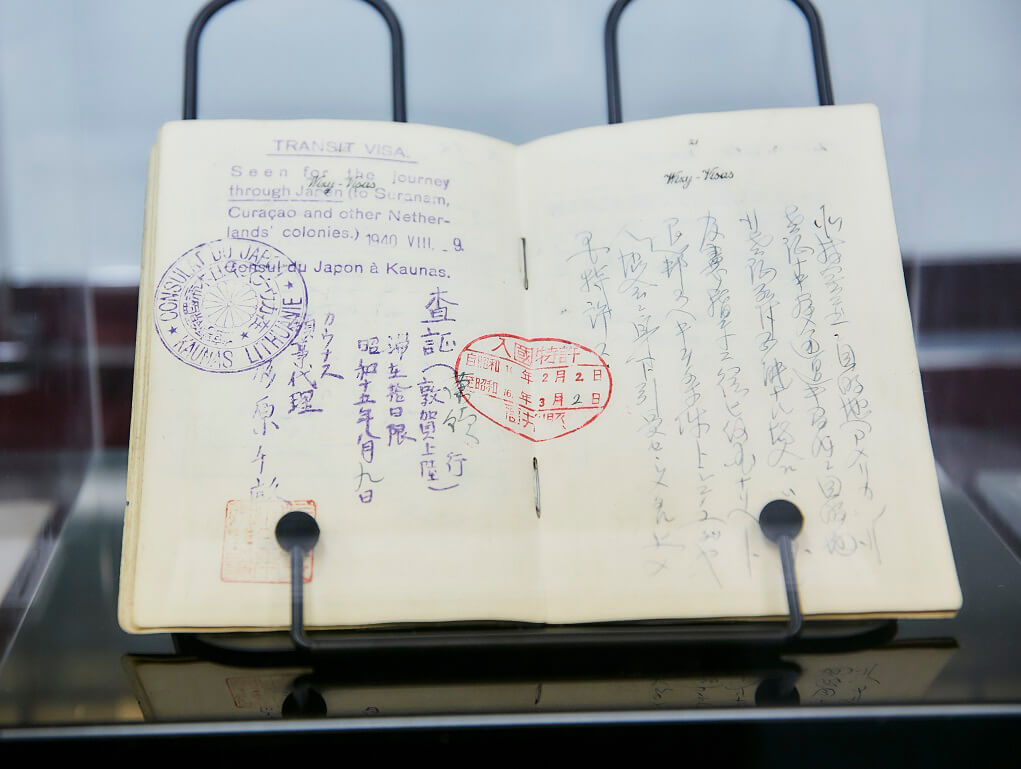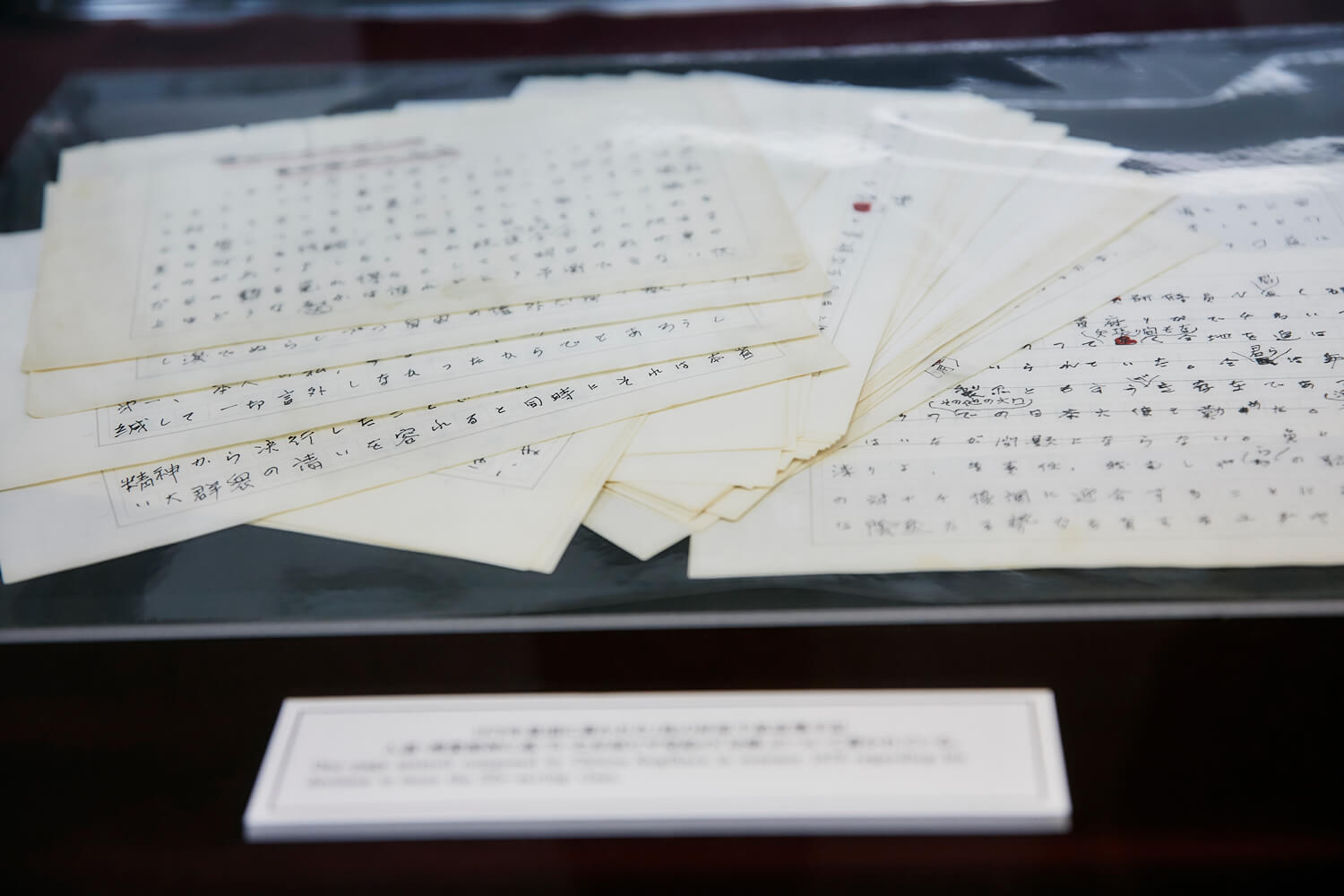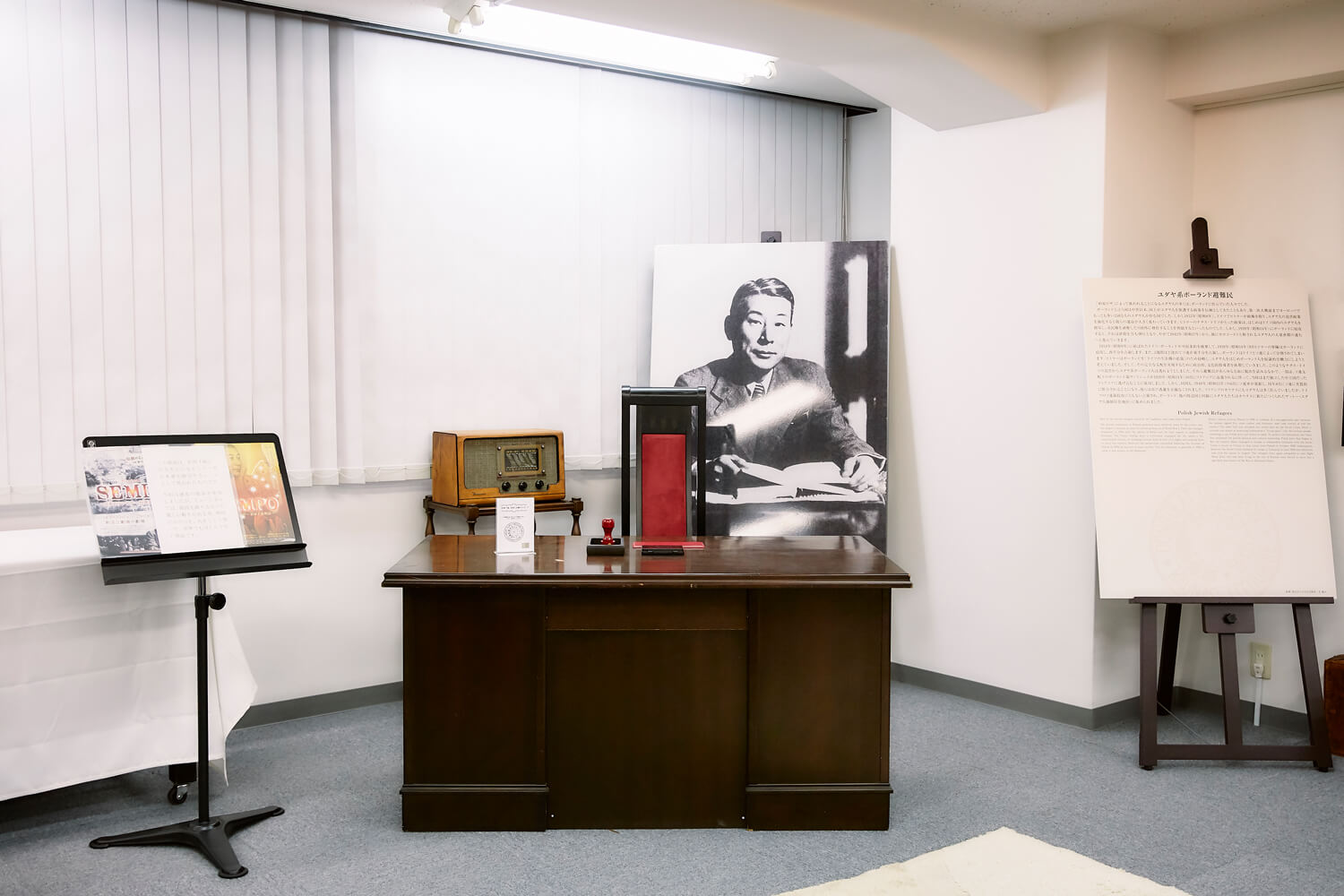Tokyo’s Sempo Museum Honours a Righteous Among the Nations

©Chiune Sugihara Sempo Museum
‘After all of the struggle and anguish, I finally came to the conclusion that the most important thing of all was humanism’, says a note written by Chiune Sugihara. This Japanese official, honoured by the state of Israel as a Righteous among the Nations saved no less than 6000 Jews during the Second World War, issuing ‘visas for life’ from his diplomatic offices in Kaunas, Lithuania. The story of this humble and devoted man, determined to override protocol out of a duty to humanity, is now accessible to everyone at the Sempo Museum, which opened its doors on the 23rd March 2019 in Tokyo’s Yaesu neighbourhood.
Here, in the first Japanese museum dedicated to an event of the Holocaust, visitors can better understand this turbulent history, and thus perpetuate our enduring duty to remember these atrocities- and to share the values of compassion that Sugihara cherished during even his darkest hours. Alongside notes written by Sugihara himself and memoirs retracing the steps he took to save the lives of countless Jews, the museum’s collection also includes an original passport issued by the Japanese diplomat to Nathan Blum on the 9th August 1940. This document permitted Blum to escape Lithuania to Canada via Japan. ‘Sempo’ (as Sugihara was known) issued thousands of these transit visas to Jews during the course of the Second World War, consequently saving them from Nazi persecution.
Working as a diplomat for the Japanese Ministry for Foreign Affairs, Sugihara was sent to Kaunas, Lithuania in 1939 with the aim of establishing a consulat there. A keen observer and negotiator, and a speaker of Russian amongst several other languages, the diplomat revealed many years later that his mission was to determine whether Germany could attack the Soviet Union- an event that would have affected Japan’s military strategy. Sempo’s bureaucratic duties however were soon threatened by his compassion for humanity. With Nazi Germany occupying Western and Northern Europe, the consulate announced its imminent closure. Arriving at the office in the morning, Sugihara discovered a long line of people waiting at the consulate’s doors hoping to be issued with transit visas from Japan. The rumour that his bureau could offer help to those in need was spreading fast amongst the desperate population. Deeply moved by these requests, Sempo hastened to get approval from the Japanese Ministry for Foreign Affairs, but his efforts were in vain. Despite his dedication to his work, the diplomat decided to listen to his conscience and disobey orders- beginning to distribute visas as fast as possible before the final closure of the consulate. Right up until the final moment, Sempo delivered visas without stopping. Many years later, he was surprised to be reunited with one of the escapees who had survived the Shoah thanks to the immeasurable risks the diplomat had taken. The survivor had not forgotten this act of heroism and invited him to Israel, where he was officially honoured as a Righteous Among the Nations for his courage and his kindness at every turn.

©Chiune Sugihara Sempo Museum

©Chiune Sugihara Sempo Museum

©Chiune Sugihara Sempo Museum
Sempo Museum
2F Sagami Bldg, 2-7-9 Yaesu, Chuo-ku, Tokyo
Opening Hours from 11am-5pm, Wednesday-Sunday. Closed Monday and Tuesday.
Entry tarif 500 yen for adults and 300 yen for secondary school pupils.
Free entry for children.
TRENDING
-
The Tattoos that Marked the Criminals of the Edo Period
Traditional tattoos were strong signifiers; murderers had head tattoos, while theft might result in an arm tattoo.

-
Paris, Tokyo: Robert Compagnon
With his co-chef and talented wife, Jessica Yang, Robert Compagnon opened one of the top new restaurants in Paris: Le Rigmarole.
 3:31
3:31 -
Chiharu Shiota, Red Threads of the Soul
Last year, more than 660,000 people visited the retrospective 'Chiharu Shiota: The Soul Trembles' exhibit at the Mori Art Museum.

-
‘Before Doubting Others, Doubt Yourself. Who Can Truly Say a Dish Isn’t What It Used to Be?’
In ‘A Non-Conformist’s Guide to Surviving Society’, author Satoshi Ogawa shares his strategies for navigating everyday life.

-
The Story of Sada Yacco, the Geisha who Bewitched Europe
Described by Dazed magazine as the first beauty influencer, she has been restored to her former glory since 2019.





